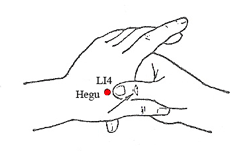Pregnancy seems to be a long road. The good news is that with a 19 weeks pregnant belly, you can say you are halfway through. The baby within is almost complete, although many of his or her systems still need time to develop and prepare to support him or her outside your womb. People may want to touch your belly now that it is more obvious you are expecting.
19 Weeks Pregnant Belly Size
At this point in the pregnancy, your belly is getting larger and rounder almost every week and your uterus has almost reached your belly button. Like you, the uterus has completed only half of its progress, as it will continue up your abdomen for some weeks yet. Now is when you will begin to notice changes in your center of gravity, which affects your balance and ability to catch yourself when things go slightly askew. Take extra care when navigating difficult terrain, such as rocky ground, hills or stairs.
Another change that becomes more apparent at this point is your posture adjusts to the increasing weight on your front. You lean backwards to attempt to balance, which in turn can lead to back pain and muscle strain.
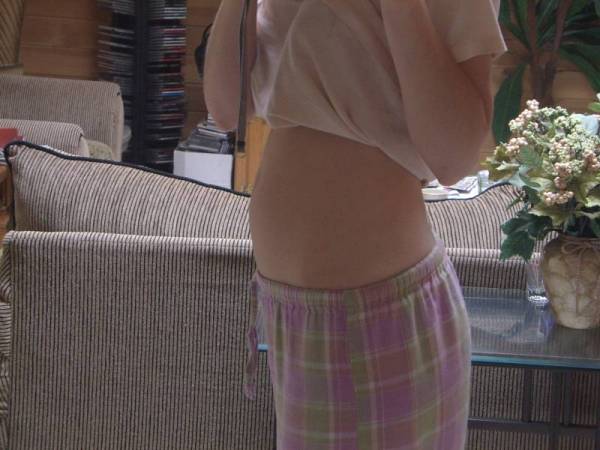
First Pregnancy:19 Weeks Pregnant Belly
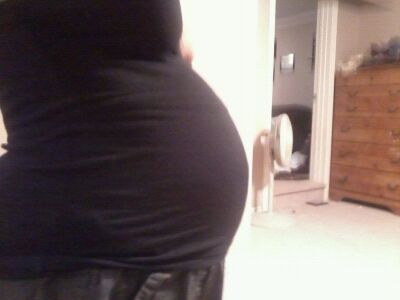
Twin Pregnancy:19 Weeks Pregnant Belly
How Much Does Belly Size Matter?
One truth of pregnancy and parenthood begins to be apparent now and will remain true throughout the rest of your life and the life of your child: every child is different. Likewise, every pregnancy is different. The size of your belly, the shape and the way you carry your child – none of these can be predicted or should be a cause for concern if your experience is not like every other mama in your group of friends.
For those experiencing a first pregnancy, having toned stomach muscles can help keep the baby bump tight and round, creating the basketball or watermelon analogies. However, for those who did not have tight stomach muscles to begin with or who are carrying a second or third child, the muscles of the stomach begin more relaxed, so the bump may grow bigger or be more spread out.
There are also other factors that contribute to size and shape of a 19 weeks pregnant belly, like the amount of fluid in the womb, the number of babies being carried and even your typical posture.
Other Body Changes at 19 Weeks Pregnant
While each pregnancy is different, there are some very common things that mothers-to-be experience at this point, having carried another life within you for almost 5 months.
1. Skin and Hair Changes
Your hair may be glowing, you may have a very healthy and glowing complexion and you could have strong nails. However, the flip side of this is possible too. Some women have estrogen in excessive amounts, leading to brown patches on the forehead and patches of hair where previously you have never had any – and probably didn't want any, either.
2. Weight Gain
Weight gain at this point is usually between 8 and 14 pounds with your 19 weeks pregnant belly getting bigger and rounder, although that is also different for each pregnancy. Women who are experiencing back pain and abdominal strain should not be stressed. Those are also typical of this point in the pregnancy.
3. Heartburn
Some of the smooth muscle fibers in the stomach and gut are impacted by the hormones associated with the pregnancy. This can cause acid from your stomach to be allowed back into the esophagus more easily, causing a burning sensation. This happens most often after consuming spicy foods.
4. Breast Changes
Breasts can be more sensitive at this point. That is because they are beginning to produce colostrum, which is a fluid that is important for your baby to receive in the first week of life. Even if you do not plan on breastfeeding, your body will work to produce this fluid as a natural reaction to being pregnant. You could notice some of this colustrum leaking from your nipples. It will be thick and yellow in hue.
How Is Your Baby Developing at 19 Weeks?
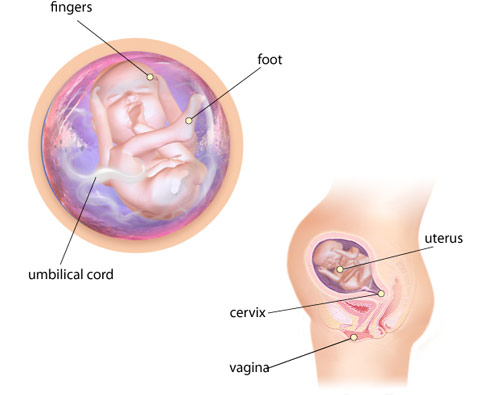 By this time, the baby is growing fast inside your 19 weeks pregnant belly. At a length of five and a half to six inches, your baby is of a size comparable to an artichoke. He or she is about seven ounces in weight and is covered in lanugo, which secretes vernix caseosa. This secretion creates a waterproof layer for the baby's skin, allowing him or her to continue floating in the amniotic fluid and developing without having any impact on the skin from the fluid. This coating remains until shortly before the baby is born. The baby also has clearly defined facial features at this point.
By this time, the baby is growing fast inside your 19 weeks pregnant belly. At a length of five and a half to six inches, your baby is of a size comparable to an artichoke. He or she is about seven ounces in weight and is covered in lanugo, which secretes vernix caseosa. This secretion creates a waterproof layer for the baby's skin, allowing him or her to continue floating in the amniotic fluid and developing without having any impact on the skin from the fluid. This coating remains until shortly before the baby is born. The baby also has clearly defined facial features at this point.
Cartilage is beginning to harden into bone, and the arms and legs are more proportional to the body. This facilitates movement.
Fetal Movement
At this point of development, some mothers may feel the fetus moving within them. It will be small movements, called quickening. However, for those who do not yet feel the baby moving, there is no reason for concern. The baby may be positioned differently or the actual position of your uterus may be limiting your ability to feel the baby move. If your uterus is positioned more toward your back, it will take longer to be able to feel movement. Try drinking something sweet and/or cold and lying on your left side. This increases blood flow to the baby and allows you to feel movement more easily.
Notes for the Week
Remember that one benefit of this point is the next scheduled ultrasound. Called the anatomy scan, this ultrasound looks at the baby's development and measures the spine, brain, kidneys and other aspects of the scene in-utero. Meanwhile, for those who prefer, now is the time to find out the baby's gender – provided baby cooperates, of course.
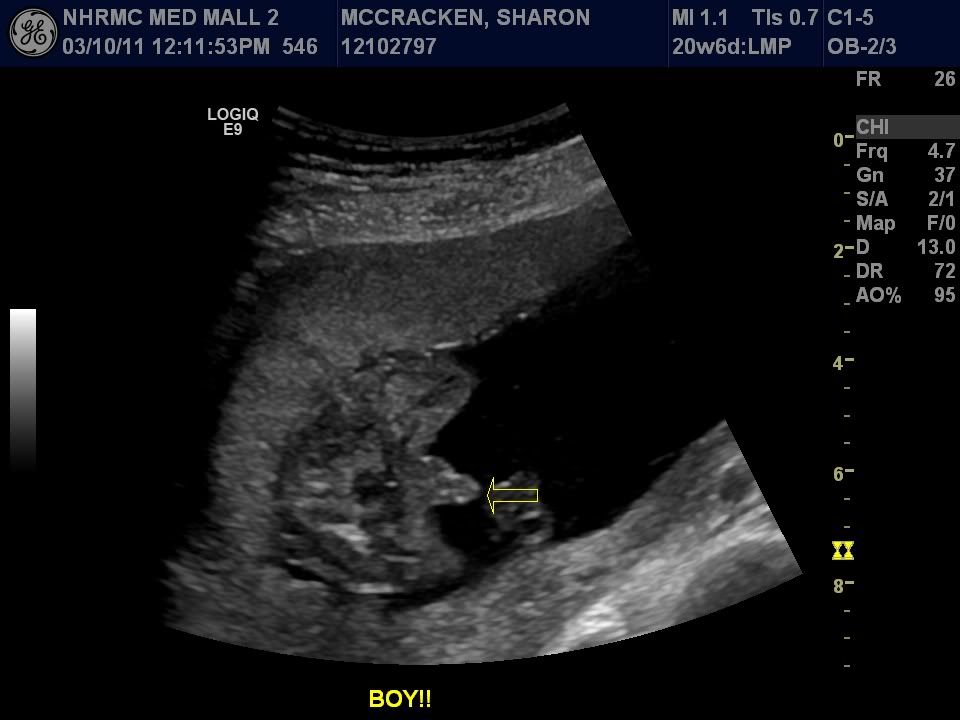

The baby may be able to hear your voice. You and your partner should begin talking to the baby, reading stories or simply narrating your day. This gets the baby used to your voices when they are born. Your voice will be a comfort when they are in a new and unfamiliar world.




